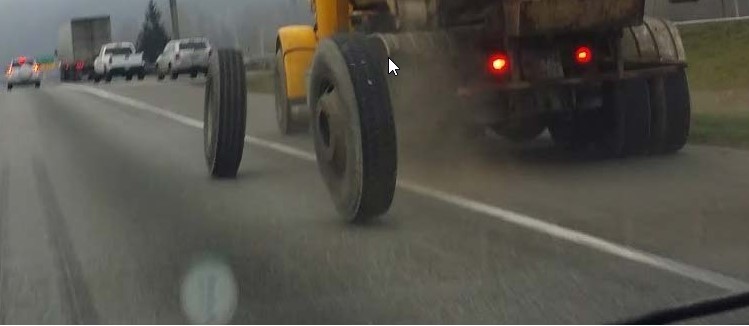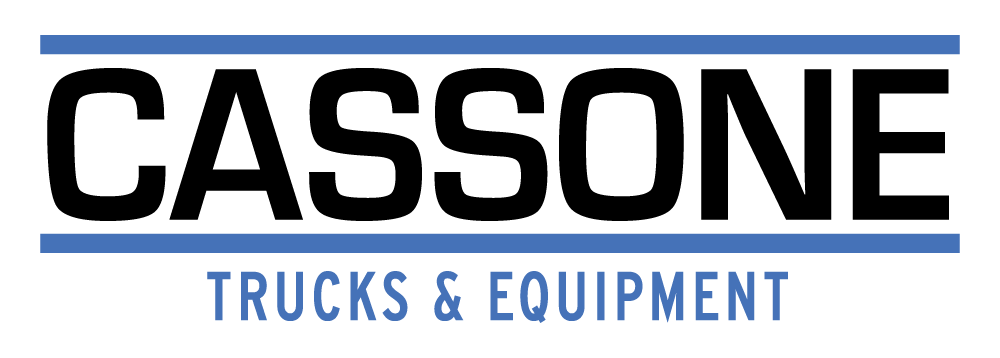
Truck Wheel-Offs Can be Prevented
Wheel separation while driving, also known as a wheel-off, can be a serious safety hazard for trucking professionals. These events happen for a number of reasons, including damaged wheel fastener components, over- or under-tightened wheel bearings and malfunctioning suspension components, but the one common thread shared across almost all wheel-offs is that they can be prevented through proper maintenance and routine inspection.
Thankfully, you can follow a few easy tips to reduce the chances for a wheel-off event and have greater peace of mind while on the road. Below are four ways to prevent truck wheel-offs:
1. Follow Manufacturer Guidelines for Wheel Bearings
According to Trucking Info, “Bearing-related wheel-end failures are often caused by over- or under-tightened bearings or lack of lubrication. Under-tightening (excessive endplay) can cause the wheel to wobble on the spindle, damaging the seal, which can lead to a loss of lubricant. Over-tightening (excessive preload) can damage the bearing, causing overheating, seal failure and lubricant loss.”
As such, follow manufacturer instructions whenever you work on any bearing components. This includes tightening guidelines, but it also means you need to consider using dial indicators instead of simply relying on torque wrenches to get the settings as close to the recommended ideal as possible.
2. Keep Your Wheels and Hubs Clean
Often overlooked, wheel and hub cleanliness can be a major contributing factor in wheel-off events. This is because material that has built up at contact points on a wheel and associated hub and bolts can lead to instability and friction. When putting a wheel back on after inspection or maintenance, take some additional time to inspect for rust and clean away foreign material.
3. Double-Check Wheel Fasteners
Trucking Info states, “Given that hub-piloted wheels depend exclusively on clamping force to prevent the wheel from separating from the hub, such a reduction in clamp force characteristics represents a significant risk to wheel separation.” This means that fasteners need to be adjusted with the right torque force to reduce the potential for separation. Over-tightening fasteners may lead to stress on studs. Additionally, manufacturer guidelines often recommend a re-torque between 50 and 100 miles after a new wheel has been installed.
4. Inspect Wheel Ends During a PM Inspection
Wheel ends should also be checked during a PM inspection by jacking up a wheel and spinning it to listen for noise. During this check, you can feel for vibration in the brake chamber. It is also a good idea to grease the kingpin when performing these actions to reduce the potential for false chucking. Your PM inspection can also include the use of a magnet to look for metal particulates in the lubricant well. This could indicate excessive wear and friction which could lead to a wheel off.
Per Trucking Info, “Trailer hubs lubricated with semi-fluid grease should be inspected annually by removing the hubcap to check the presence and condition of the lubricant. Add additional lubricant if the ends of the bearing rollers are not covered. If the lubricant appears dried out, the wheel-end should be removed, cleaned, reinstalled, and new lubricant added to the proper level.”

